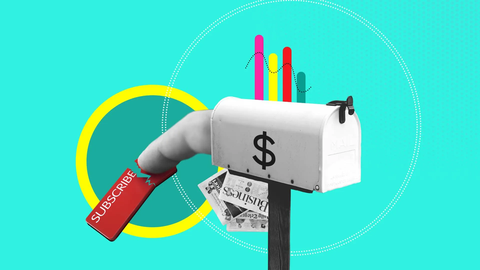The reader revenue (or paid model) based on subscriptions is often perceived as the latest saviour of online journalism. Media are reporting that it’s working well. But, with a growing number of media outlets making a shift away from an advertising model, many questions are emerging along the way.
After working with hundreds of newsrooms in their subscription strategies, and analysing mountains of data, we have a clear view on the uplift effect of smartocto. It could be up to 39% if you execute well on the actionable notifications.
It’s not a simple case of electing to switch to a paywall and waiting for the happy ending. There are different kinds of paywalls to choose from, and while this may be complex on the technical side of things, the big question really is what type of content should be put behind the paywall. And maybe most importantly: how do you even know if your audience is ready and willing to pay for the news on your website?
That’s something we will try to explain here. From the different types of paywalls and things to consider when deciding what articles to lock up, to helpful data and overall strategy. But first, let’s see why online publishers are turning to paywalls in the first place.
Why paywalls?
If you're not yet convinced that it's time to search for an alternative to advertising, take a look at the following numbers:
- Ad-blockers have become huge. In the United States alone, the number of adblocker users has grown from 15% in 2014 to almost 27% in 2020.
- We have to face it: people hate ads. A recent survey showed that as many as 45 percent of Americans said they were annoyed by ads on social media. Even though this number is smaller on news websites, there is still a not-insignificant third of readers who feel this way.
Now let's list the additional benefits of adopting a subscriptions model:
- steady income
- increase in revenue
- increase in audience loyalty (very important thing in the attention-deficit era)


